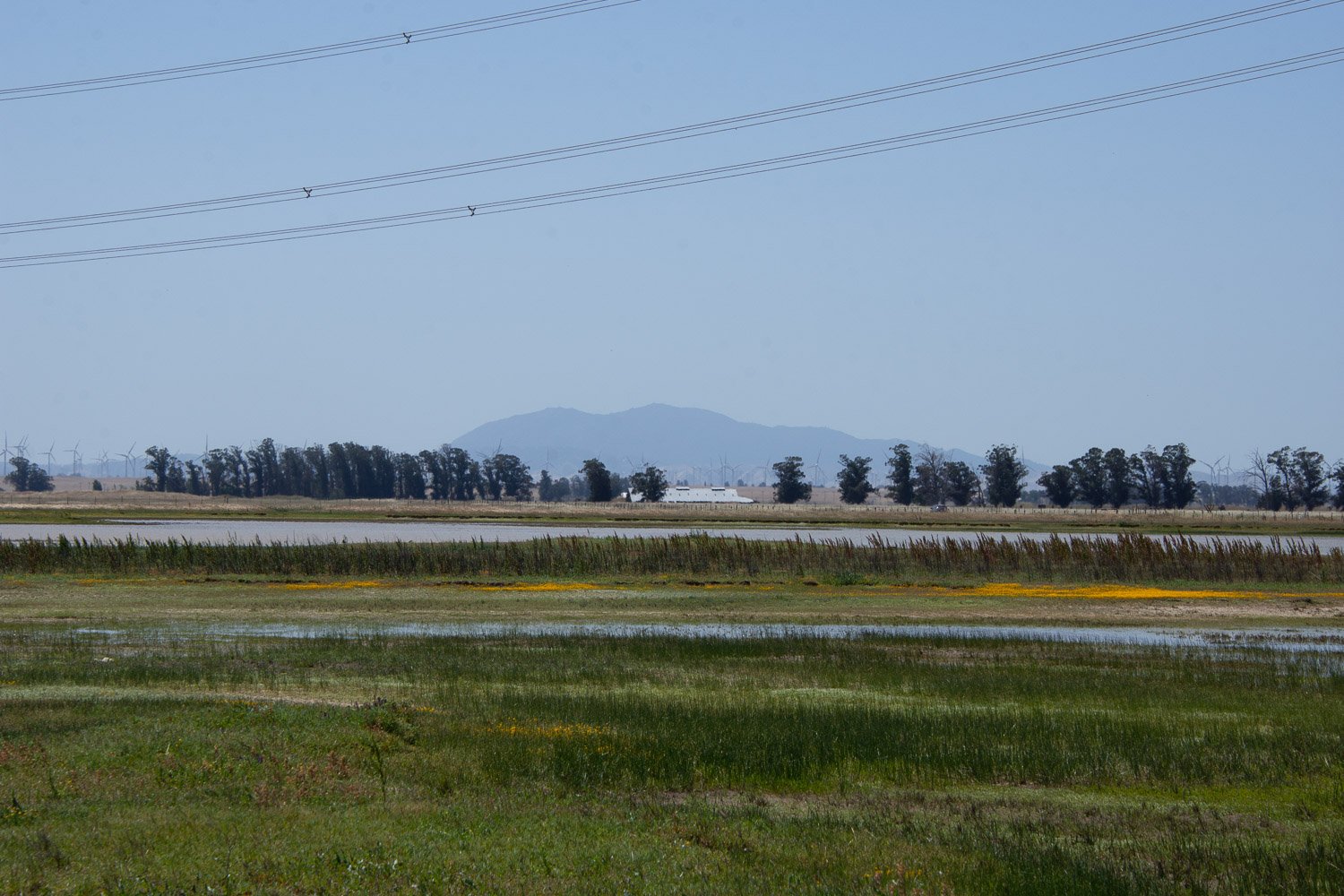Jepson Prairie Again
/The last post I wrote was about my visit to Jepson Prairie on a docent-guided walk. I went back the following week. There is always more to learn and the plant life changes quickly as the weeks pass.
We started off along the gravel road that does to the farm visible on the south border of the Preserve.
The docent, Charlie, first pointed out Purple Needlegrass between the road and the fence line. This is the official state grass of California.
We went through the gate to the area that is accessible to the public at any time and stopped just north of Olcott Lake. One of the visitors identified these birds as sanderlings.
Charlie had scooped some animals from the lake earlier in the morning. These are Tadpole Shrimp, a species that lives only in temporary water such as vernal pools.
Charlie is a botanist and he can name all the plants growing here. As we did last week, we spent time down low to see all the variety of flowers.
Dwarf Brodiaea grows from bulbs that are consumed by gophers and used to be harvested by Native Americans.
Baker’s Navarretia, endemic to vernal pools
Popcorn flower is another native plant. Many of these are repeats of what I shared in the last blog, but these are new photos.
Look closely. It’s a Pacific Chorus Frog.
Sacramento Beardstyle, endemic to vernal pools here. The Jepson Prairie Preserve Handbook says that these plants “have a strong minty smell, with chocolate overtones”. I will have to check that out next time I visit.
Mariposa Lily. I know I shared this one in the last post, but can you ever have enough of these very cool flowers? Look at all that detail.
Because we were with a guide, we got to go across the road into one of the areas that is usually off-limits to regular visitors.
The lake is bisected by the road that we started on. During the heavy rain in October the lake covered the road. This view is Mt. Diablo.
It just happens that the view of Mt. Diablo is the same one that I see when I go for a walk Across the Road at my place, although our view is from farther away and across an ag field, this year planted to sunflowers.
But I digress…The rings of flowers change at Jepson Prairie as the water recedes.
Dwarf woolly marbles. Don’t you love that name? On the same page of the Handbook there is are plants called Hogwallow Starfish, Water-starwort, and Blinks. I’d better get back to Jepson Prairie and look for some of those just to be able to use those names again.



















